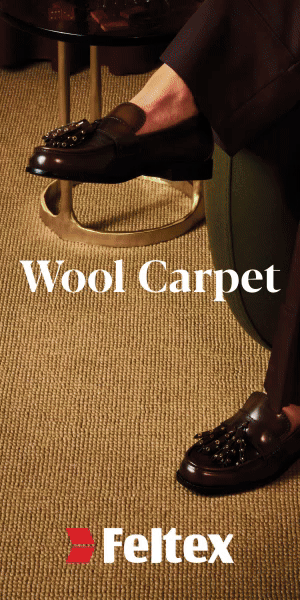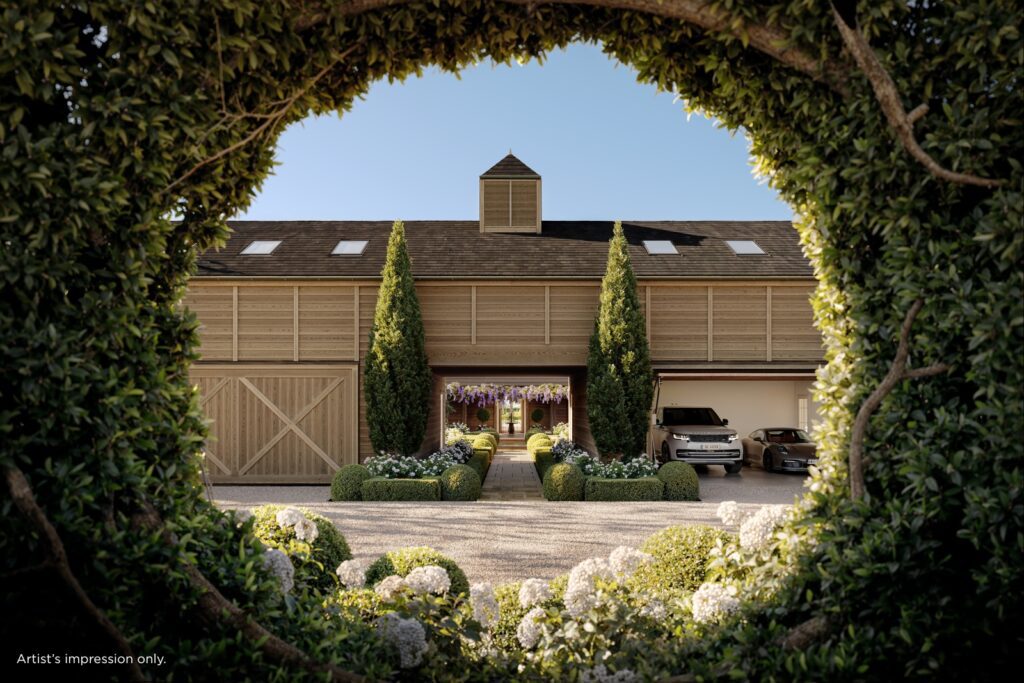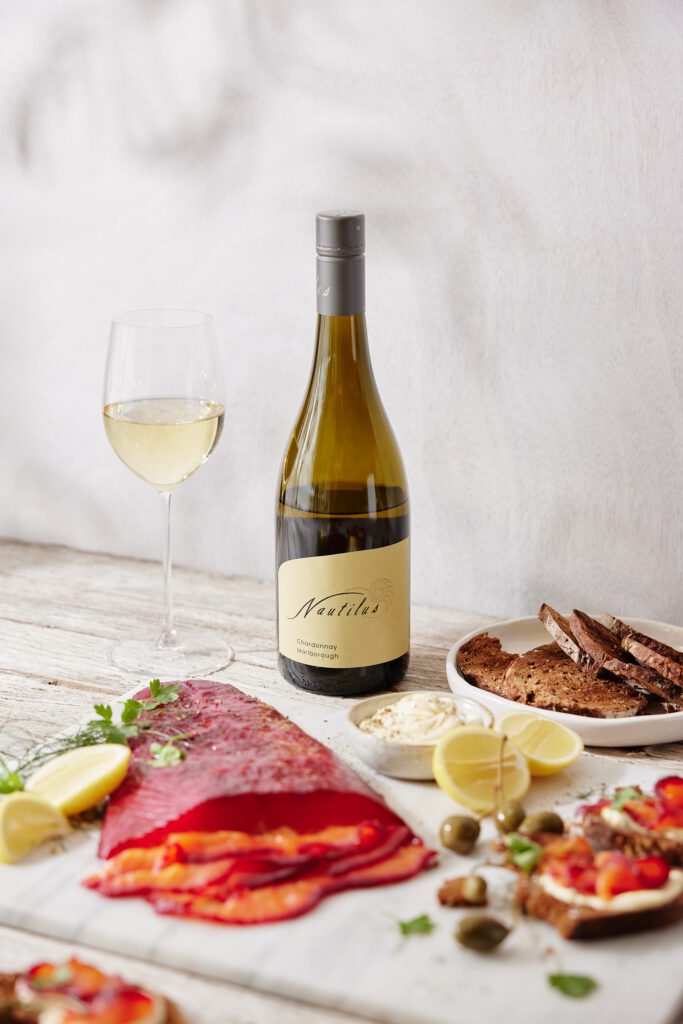Architect Andrew Meiring adds to a heritage-listed Devonport villa with a playful assemblage of stone, wood, glass and concrete
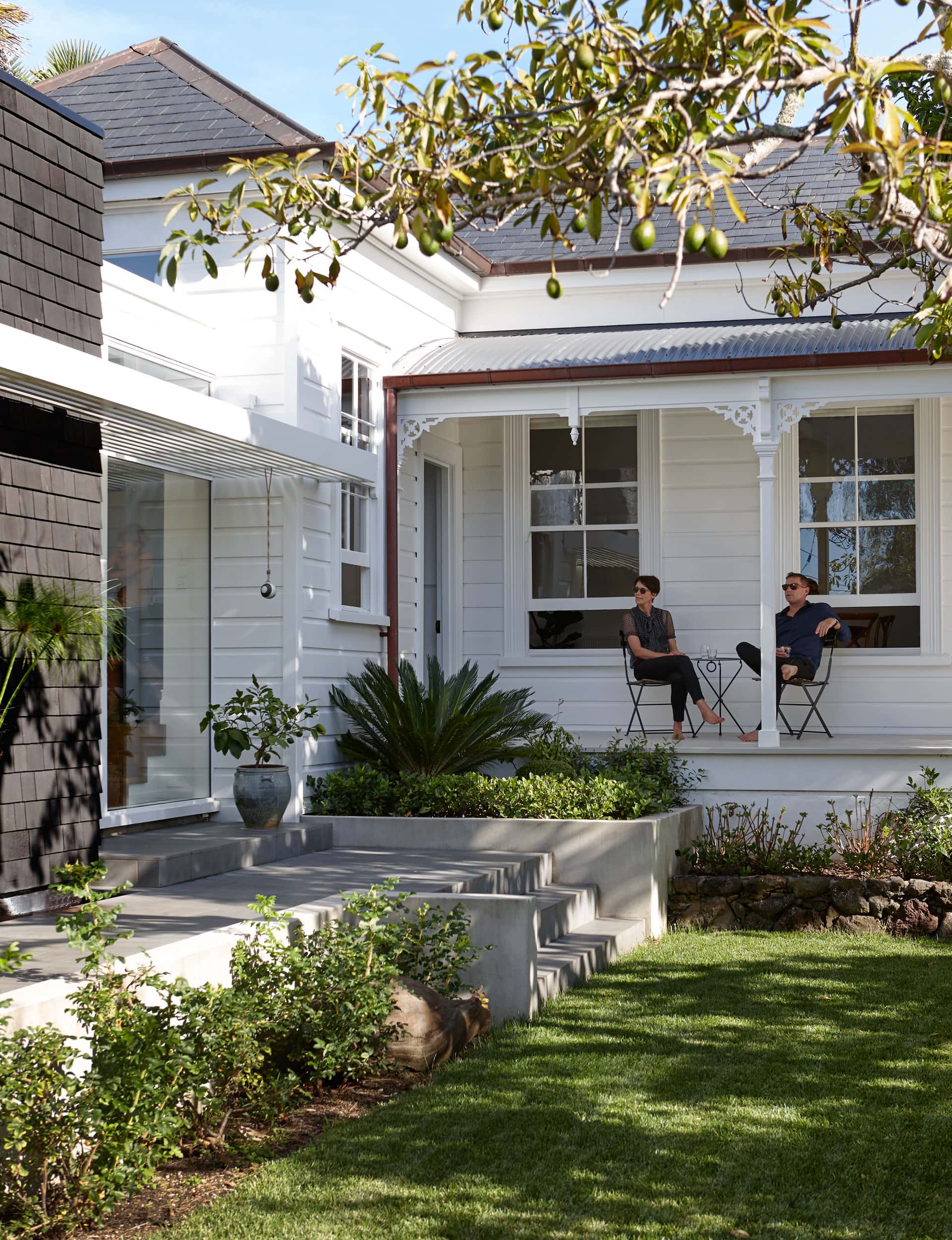
The respectful renovation of this Devonport villa celebrates its history
In faded 1880s photographs of North Head Maungauika, Devonport, a white villa with a playful turret sits high on the hill. The house faces the township below and a farm track runs up its side. The history of the villa is as faded as the photographs, but it’s believed to have been a rental in one of Auckland’s earliest settlements. “It was an enterprising chap who bought the sections,” says the owner. “It would have been a beautiful view before it was built up.”
For the owners and their three teenage children, this historic home is a place to put down roots, having returned to Auckland after years in Hong Kong. With a family connection to Devonport, they settled on the suburb for its character, community and connection to the sea. “We lived on an island in Hong Kong and really liked that feeling of having a water boundary.”
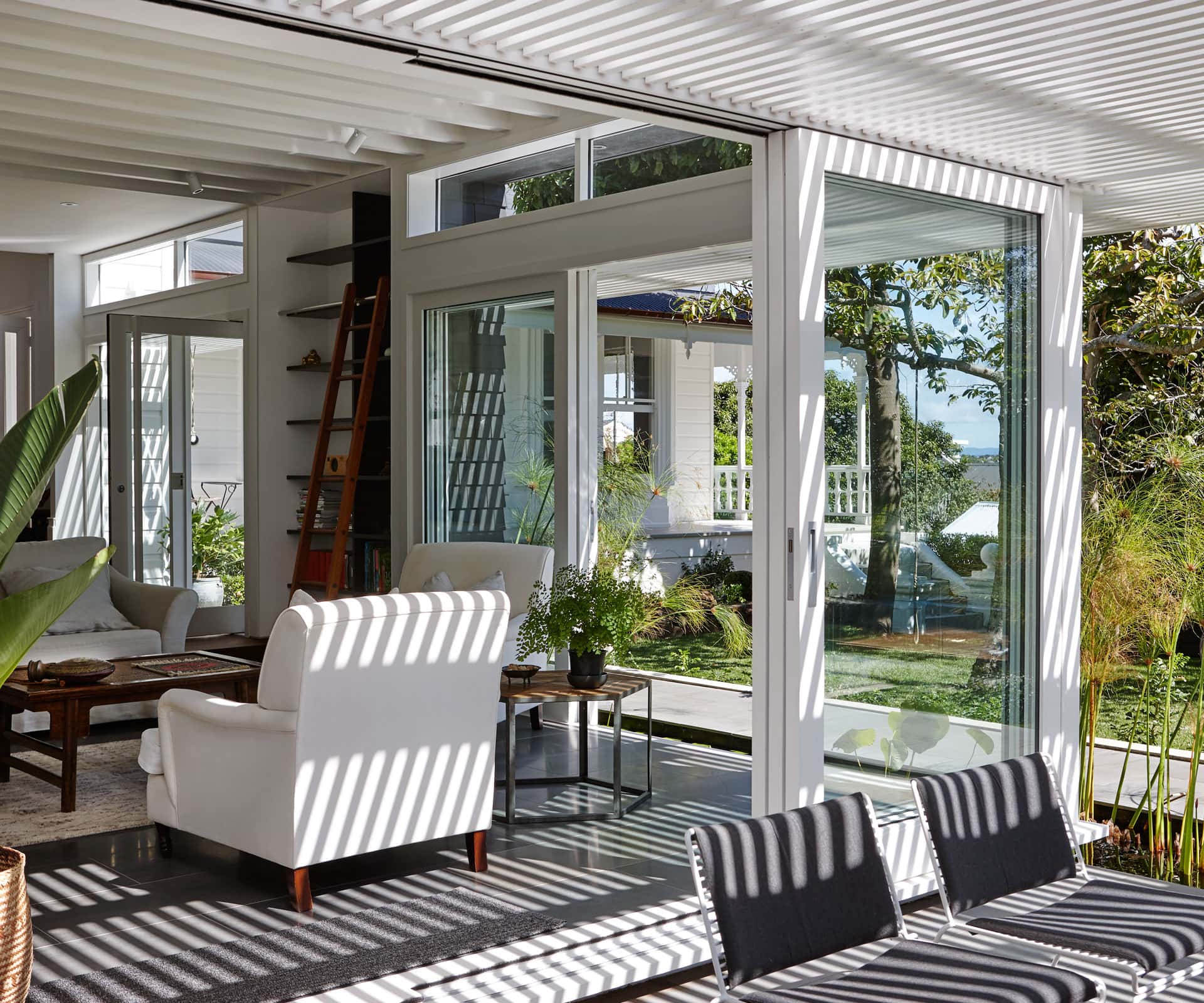
Andrew Meiring of Andrew Meiring Architects was enlisted for an extension forming a kitchen and sitting room area. While it’s rare for historic homes to find room at the front, this home was locked in its position at the back of the section – the only way out was through the front.
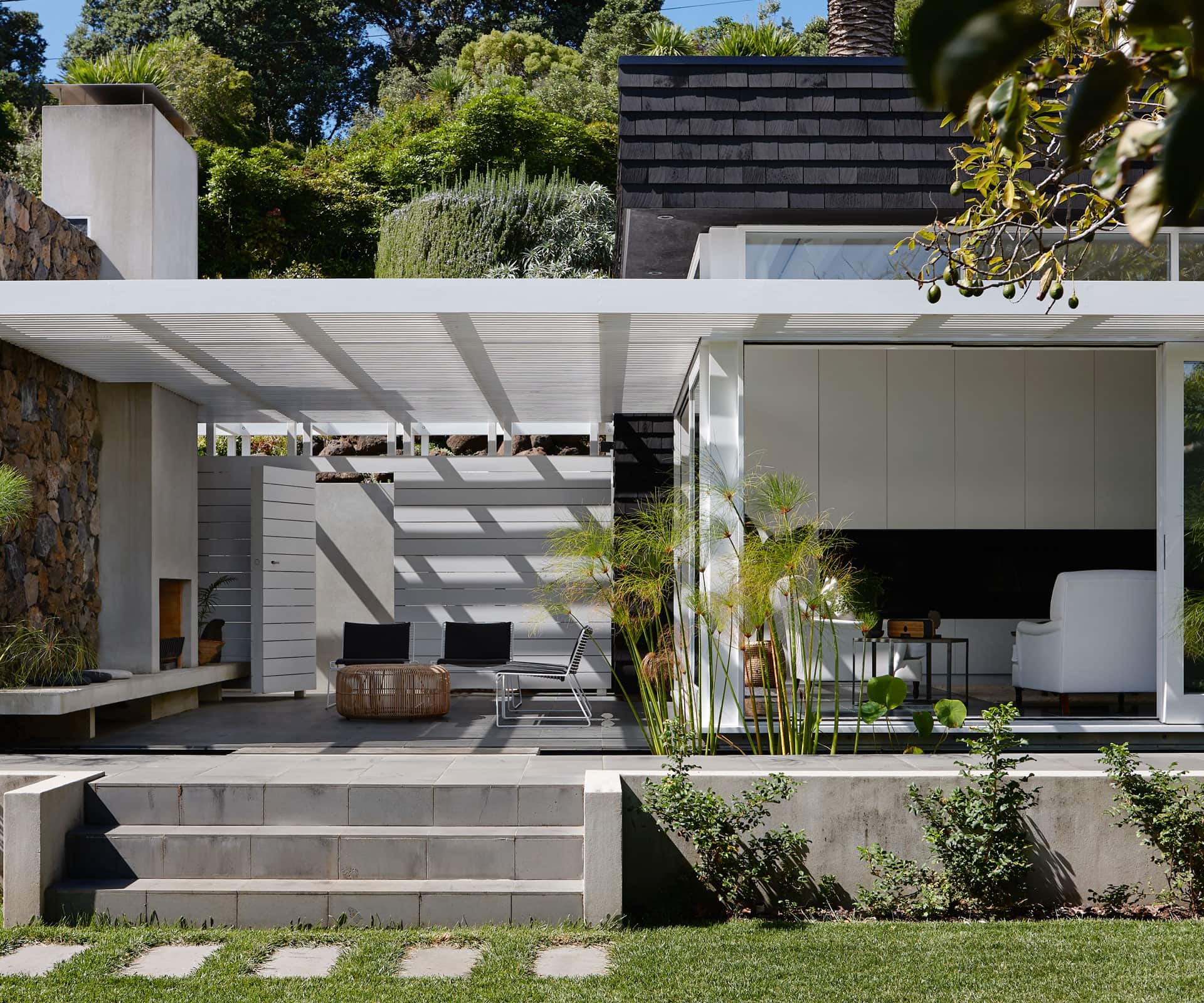
From the council’s perspective, one of the most important things to preserve for a category-one listed home is street frontage. However, a 1960s Vernon Brown extension already compromised this. A driveway and carport in front of the extension also detracted from the romance of the historic home. Now, three cuboid structures – a garage, terrace and living room – replace the drive and carport. “Historically, we’ve completely contained the original form, although it now has all this stuff around it,” says Meiring.
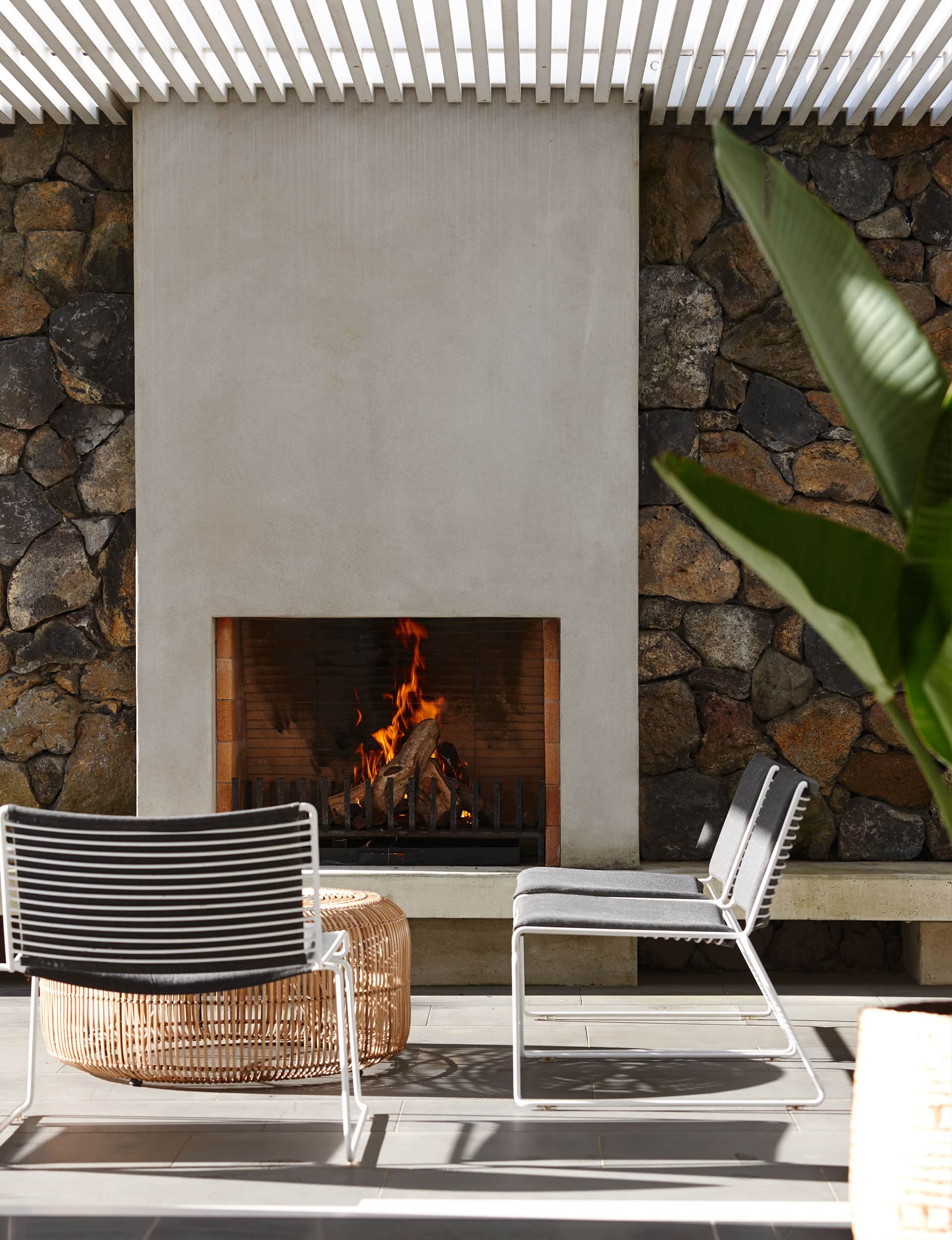
A gate at the street is flanked by stone walls that contain the garage to the left and pool at right. Through the gate, visitors walk the length of the living areas, past a slim pond where fish, papyrus and lilies thrive, before reaching the front door. This elegant boardwalk sits a few steps above the pool and lawn to the right. Once inside, steps lead right to a contemporary kitchen, which replaces the late architect’s renovation, then through to the original villa. The living area and terrace peel off to the left.
“It’s typical to glaze the connection point,” says Meiring of the glassy entry, which sits between the villa and the extension, “but I had to change heights and get a new form in front of the entrance, to start introducing a more contemporary context.”
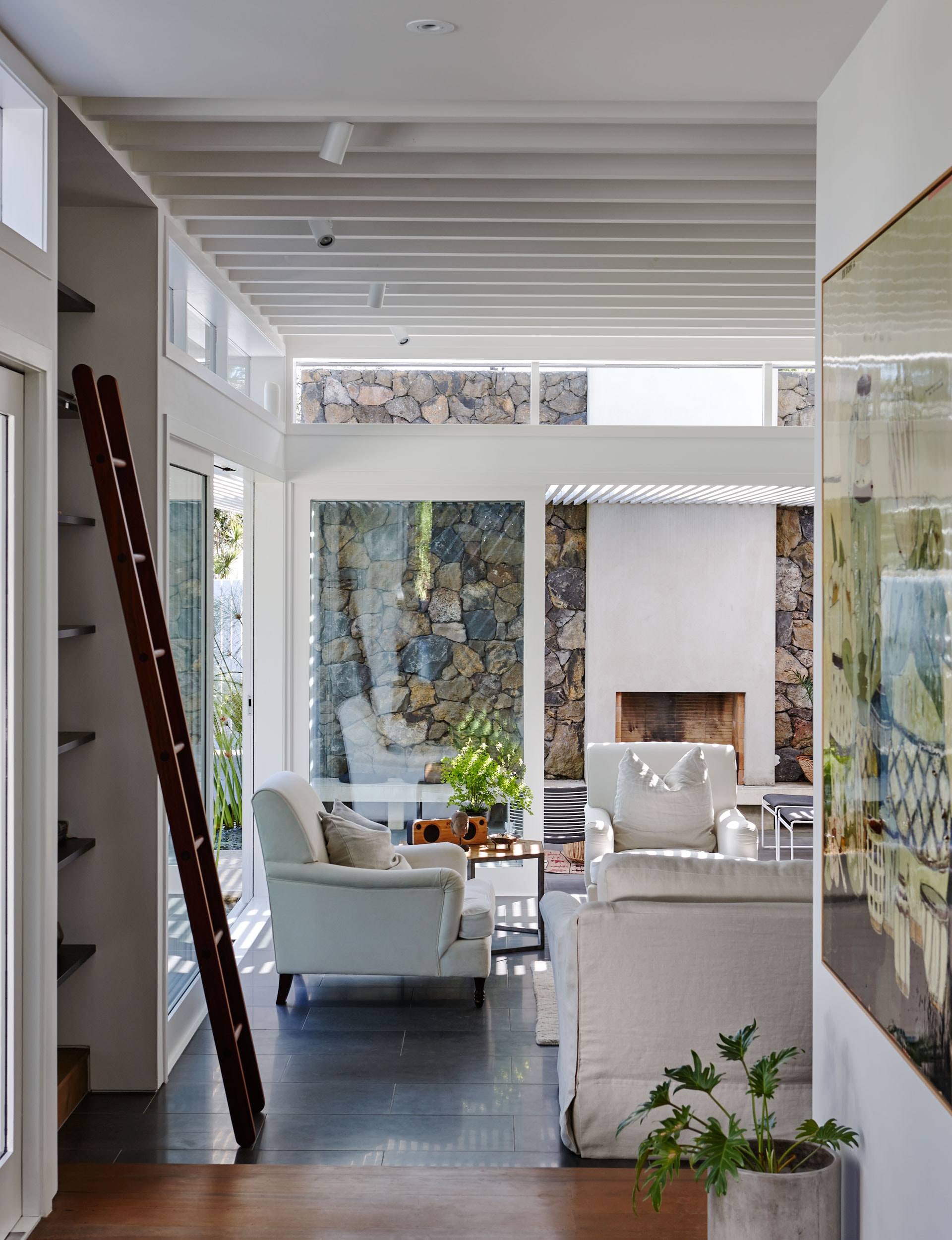
At the same time, Meiring was careful to keep the long axial link from the street to the front door; the white-painted timber of the pergola links right through to the existing villa, stitching the various parts together in particularly elegant fashion.
Meiring was pleasantly surprised that Auckland Council met his alteration plans with an open mind. “It was quite unusual that they let us do a forward extension and one of this kind,” he says, “but they went for it straight away and were unobstructive.”
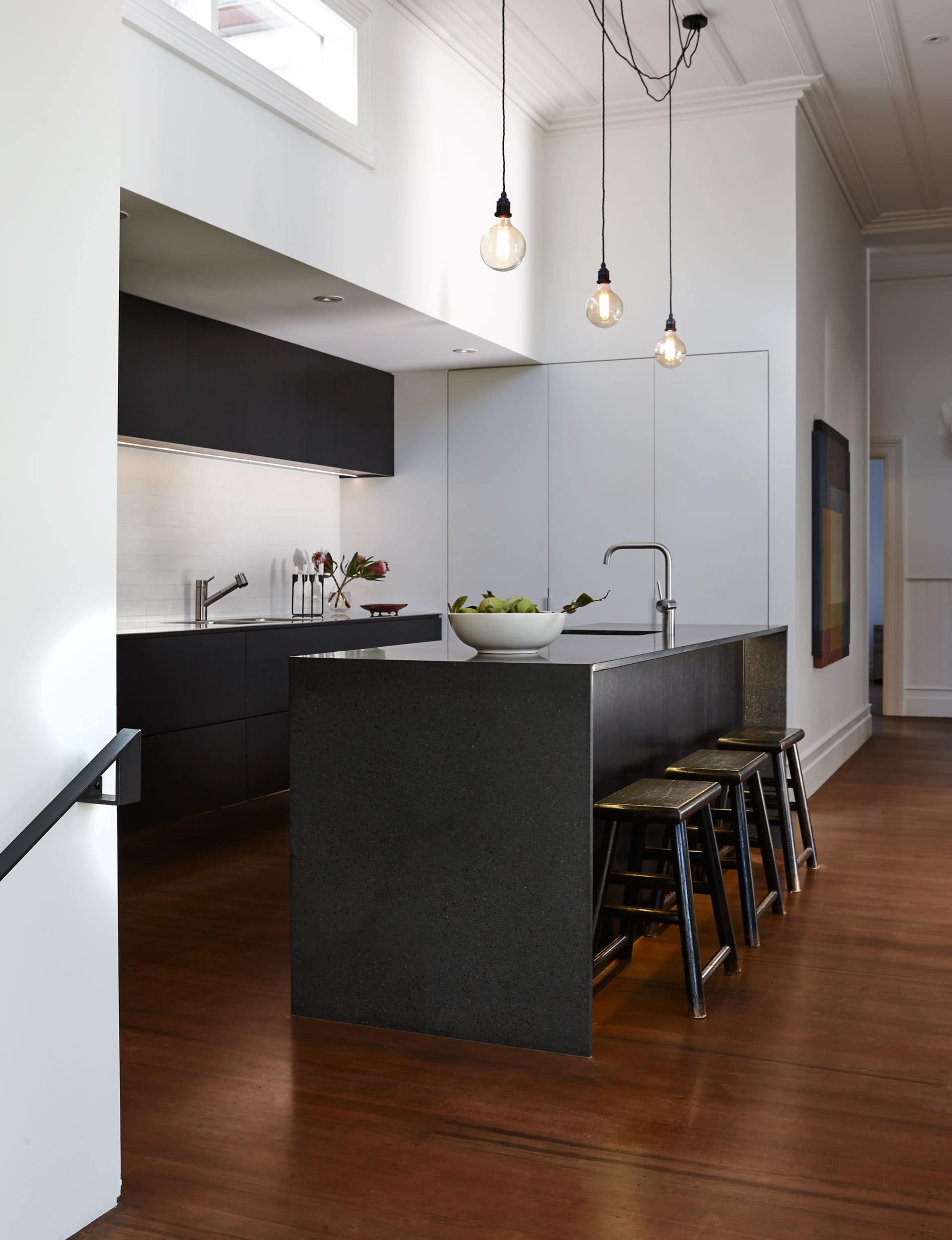
Materiality acts as a common thread. The garage and pool walls are made with Auckland basalt and give the update a time-honoured, handcrafted feel. Basalt pavers line the walkway, while honed pavers inside subtly mute the light. Black shingles cover the roof of the kitchen and encase the living area, providing a textural connection between old and new. “The idea is not to try to connect the structures in terms of form but materially,” says Meiring.
In the villa, restoration and the addition of two bathrooms were the focus. The turret, a former folly accessed from the verandah, now contains the en suite. Stripped back to its bones, light floods the space and the owners can admire its structure while they bathe.
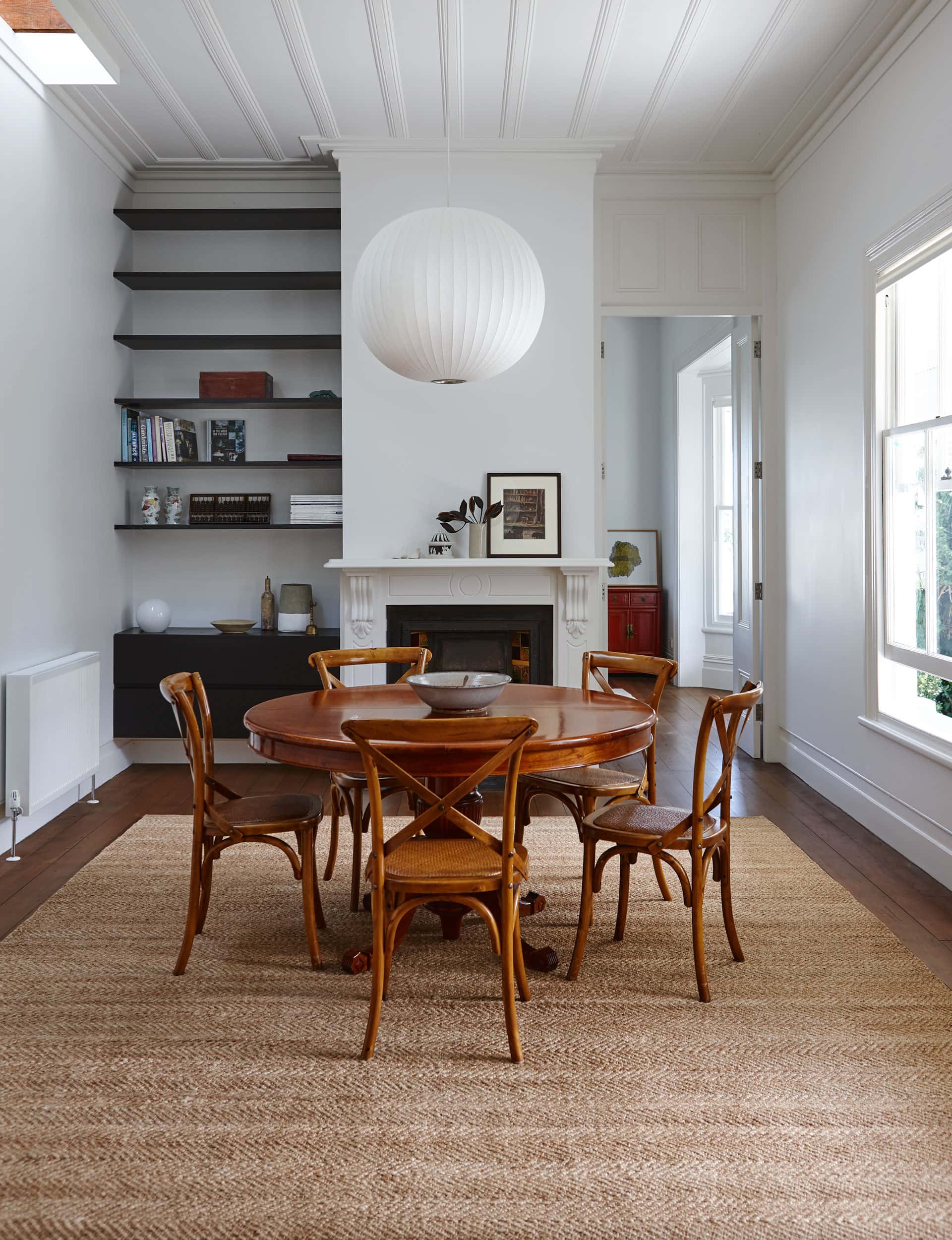
While the house is on the flat, its position on North Head means it’s surrounded by slopes. The extension looks up the hill and major earthworks were required to cut into the bank and gain space. “The idea was to make the garage subterranean so it sat like a landscaping element,” says Meiring. “We wanted it further towards the street and needed more function for the other structures, so we just had to gain a bit more space.”
[gallery_link num_photos=”13″ media=”https://www.homemagazine.nz/wp-content/uploads/2018/06/AndrewMeiring10-bedroom.jpg” link=”/real-homes/home-tours/heritage-villa-in-devonport-is-renovated” title=”See more of the home here”]
A retaining wall backing the length of the living areas allows for a coat room, laundry and garage access. It’s all tucked in by a bank where seven-metre piles secure the site and the neighbouring villa that was creating surcharge weight on the hill. “It looked like roadworks, like the Waterview Tunnel was coming through,” jokes Meiring.
Pieces collected from the owners’ time in Hong Kong and New Zealand art dress the house. There are custom-made details, such as mosaic bathroom tiles and a powder-coated handrail on the stairs that lead to the kitchen. “We didn’t want to just go and buy. We wanted a handmade quality,” says the owner.
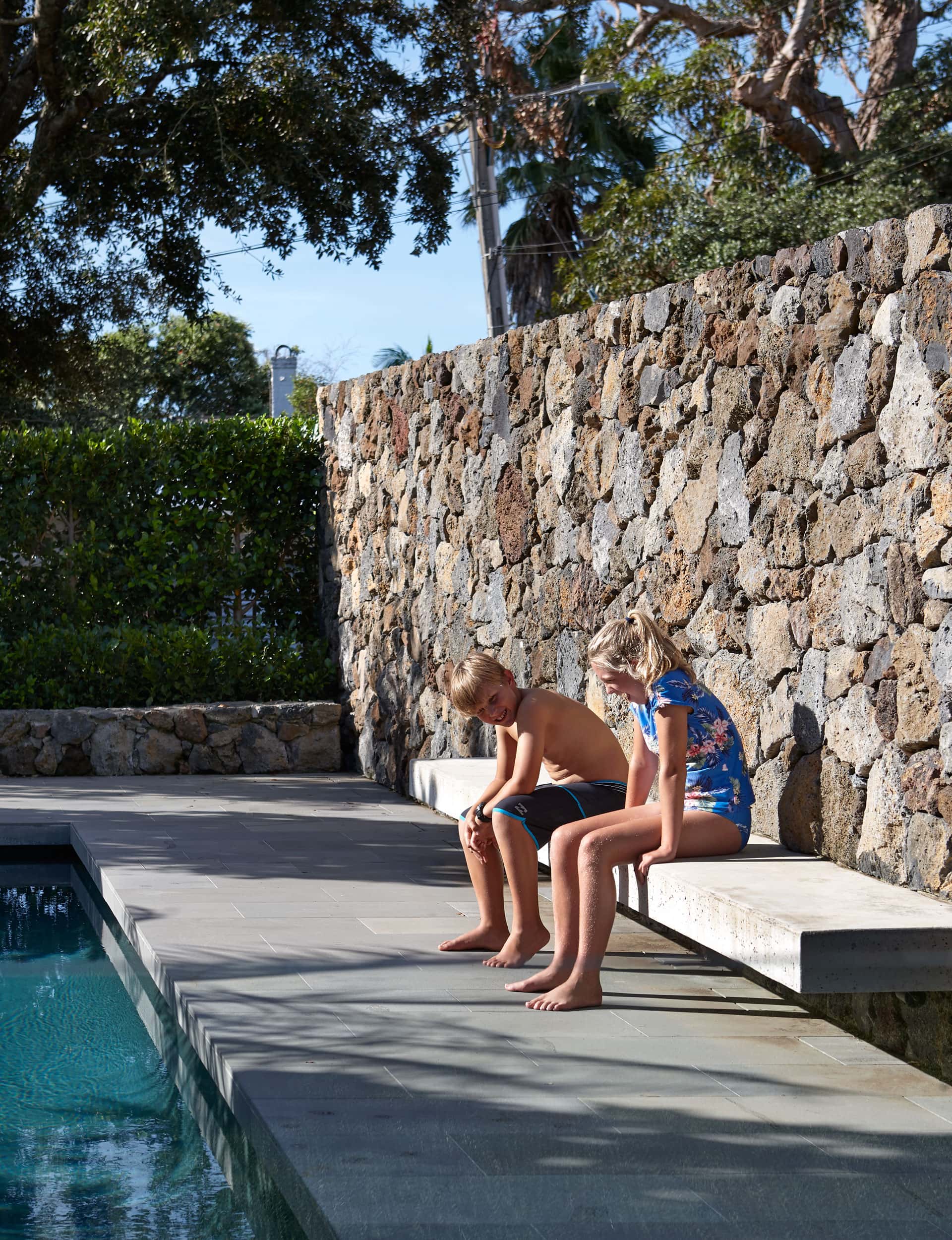
Outside, density has been thinned from the exotic trees in the yard to make way for the pool and lawn, where an avocado tree drops its heavy fruit. A large flame tree, with a seasonal show of red flowers, remains front and centre of the villa. The family cat has the run on the place and has made an extravagant water bowl of the pond.
The family has made it a mission to unveil the home’s layers of history, stripping walls back to reveal original kauri boards that match the raw, oiled floors. The previous owner lived here for 55 years and remembers his mother teaching him how to play cricket down the hallway. Dents from the continuous whacking of cricket balls into the walls haven’t been glossed over. “That’s a building’s history,” says the owner. “I don’t think you should cover it all up and make it look perfect.”.
Words by: Jessica-Belle Greer. Photography by:Jackie Meiring.
[related_articles post1=”80679″ post2=”82085″]
